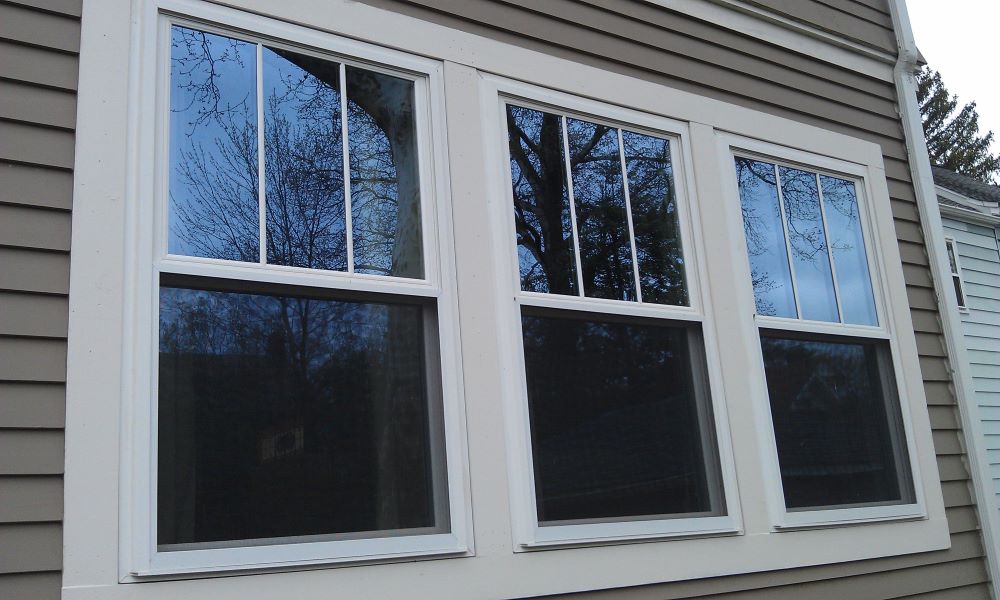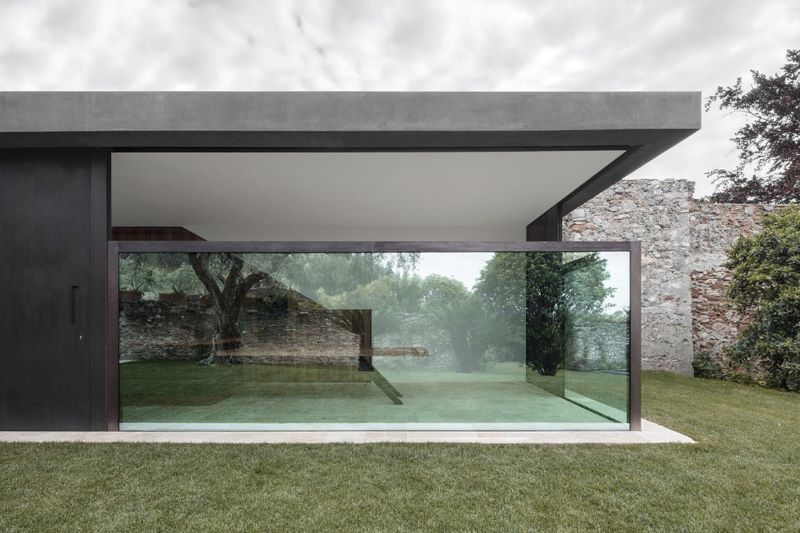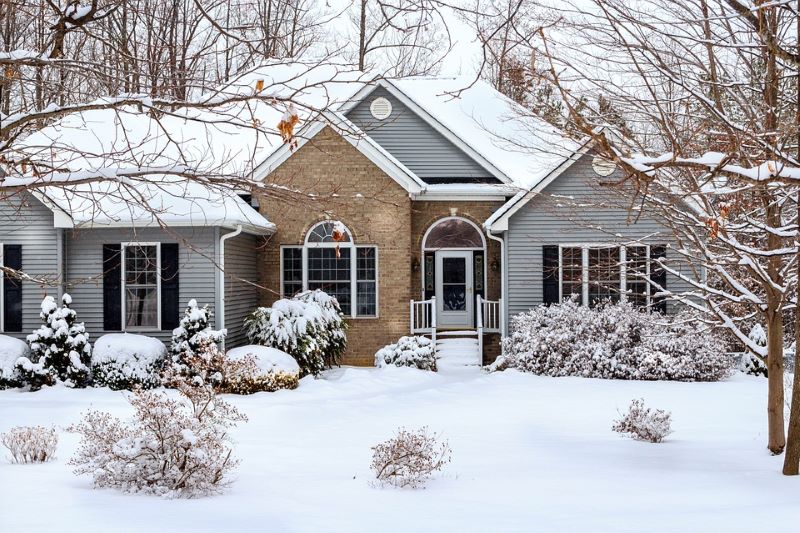Table of Contents
Unlike the relaxing sounds of a gentle summer rain, leaking windows can be the cause of a lot of anxiety for homeowners. Regardless of the reasons why windows leak, leaky windows can cause major structural and aesthetic damage to a home, as well as increase a homeowner’s heating and cooling bills.
This guide by the team at Window Mart will help you to understand the underlying causes behind your leaky windows, how to locate a potential leak and your options for repairing or preventing such leaks in the future.
Why Windows Leak
Leaky windows are generally more common in older homes, but can also be the result of poor materials, insulation, worn seals, imperfections or improper installations in newer homes as well.
Years of harsh weather conditions, extreme temperatures, and home foundation settlement often cause windows in older homes to lose their ability to be both air and water-tight. Likewise, window frames can become misaligned, damaged, or can have their glazing seals wear over time. Even though older windows are more likely to suffer leaks, newer windows are also subject to the same kinds of damage and disrepair.
The three factors that cause windows to leak generally involve:
- House design
- Window installation; and/or
- Window maintenance
Homes that are designed with a lack of overhangs provide little protection from wind-driven rain or water that drains from the roof. Likewise, homes with improperly angled fascia board over the windows can be a culprit.
Similarly, poorly installed windows or breaks in window flashing can cause window seals to be compromised. Installers who use building paper or house wrap in lieu of specialty window flashing ultimately contribute to the reason why water seeps in behind paper and into wall areas around windows over time.
Finally, damage such as broken or missing caulking at window flanges and seams, cracked glazing putty, and peeling paint can contribute to underlying damage and wear that leads to leaky windows.
Finding the Location of the Leak
Before you can find out why your windows are leaking, it’s first important to decipher where the windows are leaking from. For example, leaks on the wall above, below, or around windows may indicate that there is some sort of opening in the wall that’s allowing water to run along the window studs and pool up below or above the window itself.
In a home that’s considerably older, this will most likely happen around the roof or upper floors. Often the only real way to find the source of these leaks is to remove the entire window. Keep in mind that even though the walls look pristine inside of your home, there still could be a visible pattern of rot or mold that reaches up the entire way of the wall within its chamber underneath the drywall.
If there is a visible leak in the place where the window sash meets the jamb, or on the window frame itself, then chances are the problem lies with the window itself. This issue can be caused by wear and tear from everyday use in older windows, deterioration, or failed unit seals. Homeowners should replace windows if there are issues with worn weather stripping, clogged drainage channels, or misaligned sashes.
Repairing Leaky Windows
Repairing windows can be as simple as replacing weather stripping on a slider window, or as complex as rebuilding a rotted wood wall before beginning windows replacement. According to HGTV Canada drafts, leaks, moisture build-up, condensation and increased energy bills may be strong indicators it’s time to actually replace, not just repair your windows.
Before undertaking a complex job, some simple maintenance work that may help Includes:
- Removing old/damaged exterior caulking, cleaning the window frame, then re-caulking the area.
- Inspecting the gasket between the window frame and glass and resealing the glass to the gasket with silicone caulk.
- Cleaning dirt, insects, and debris from weep holes in window frame bottoms.
If, however, your window is leaking beyond the window unit itself and is affecting the overall window structure, then the only correct repair option is to call in an experienced window replacement professional to evaluate and potentially perform a full-frame window replacement.
Preventing Leaks in the Future
Even though most modern windows, such as vinyl windows, are touted as “maintenance-free,” there are still things that need to be done to the window in order to ensure a lifetime of top performance and protection from your new window.
First, always inspect the caulking outside of the window to ensure that there is a continuous seal. A simple caulk replacement will reinstate the seal. Second, if you happen to have a slider or hung windows, be sure to check the drainage channels for leaves, debris, or dust that can block the water flow. Third, since leaks happen when rainwater enters through the roof, chimney, or through loose-fitting siding, replace any missing or damaged roof shingles, caulk gaps around chimneys and exhaust pipes, and secure loose siding.
Closing Thoughts
Even with steadfast maintenance, window leaks can still happen. Instead of putting those leaky windows on the backburner, make the call to an experienced window replacement professional such as Window Mart who can advise, inspect and repair the situation before it gets out of hand.








